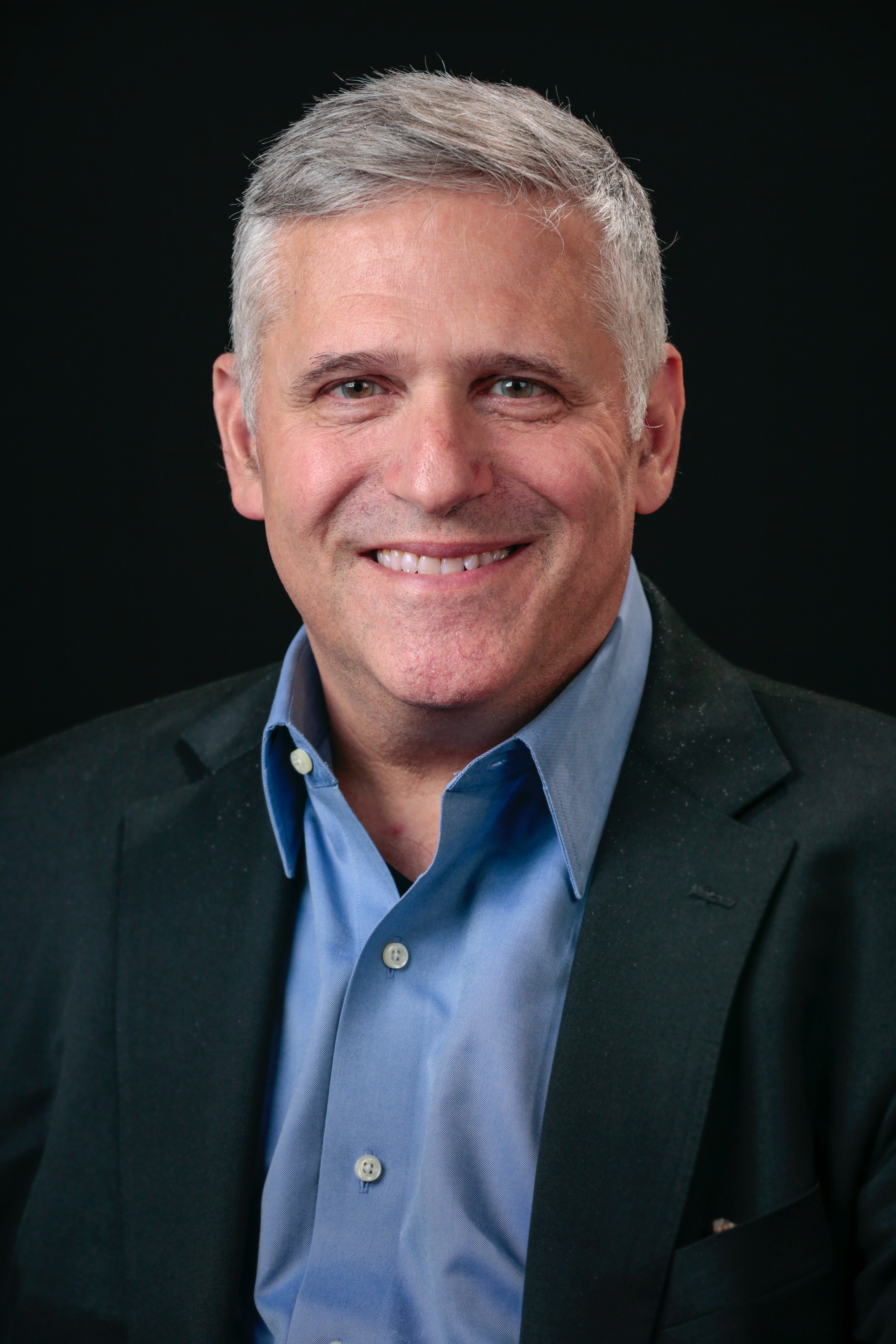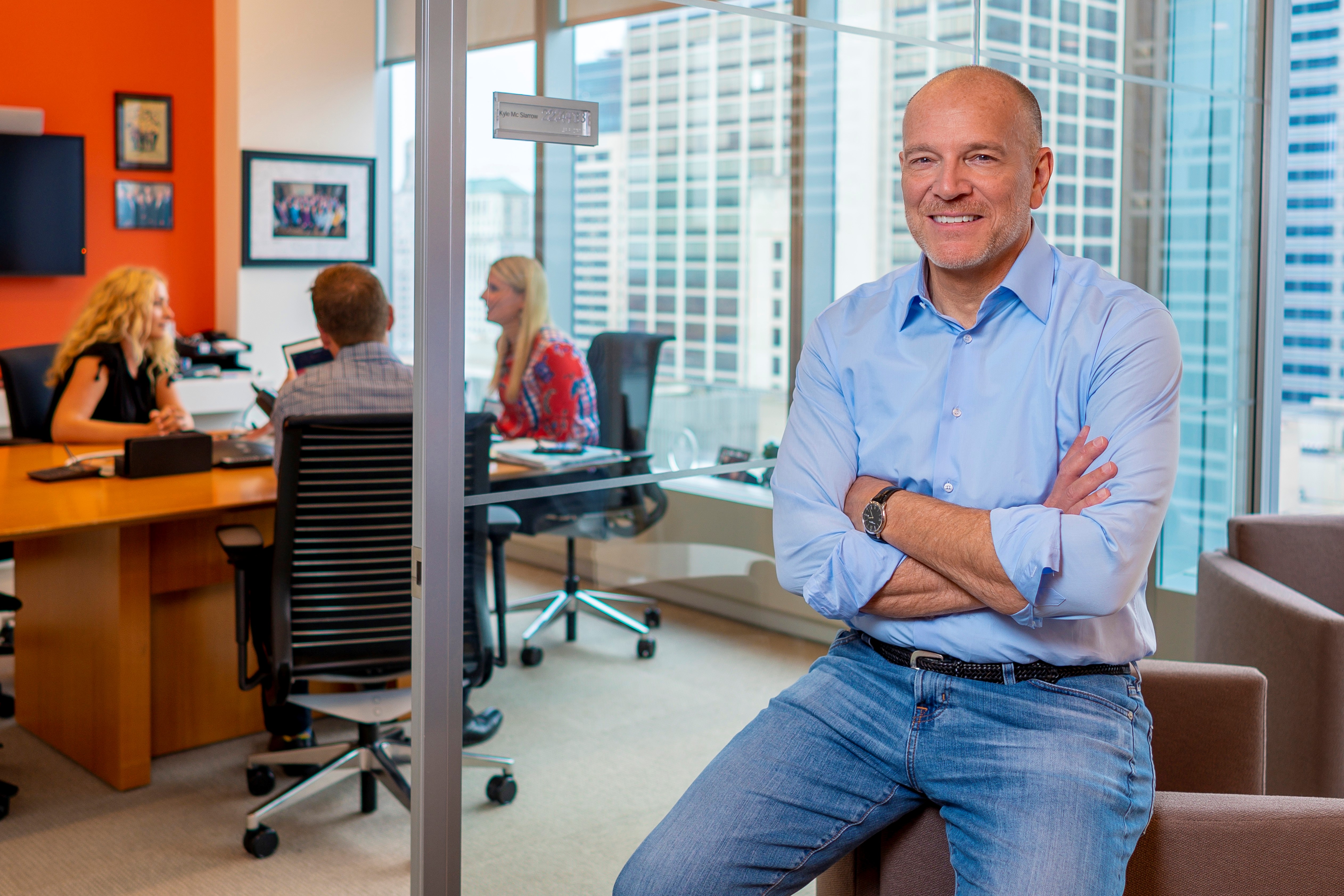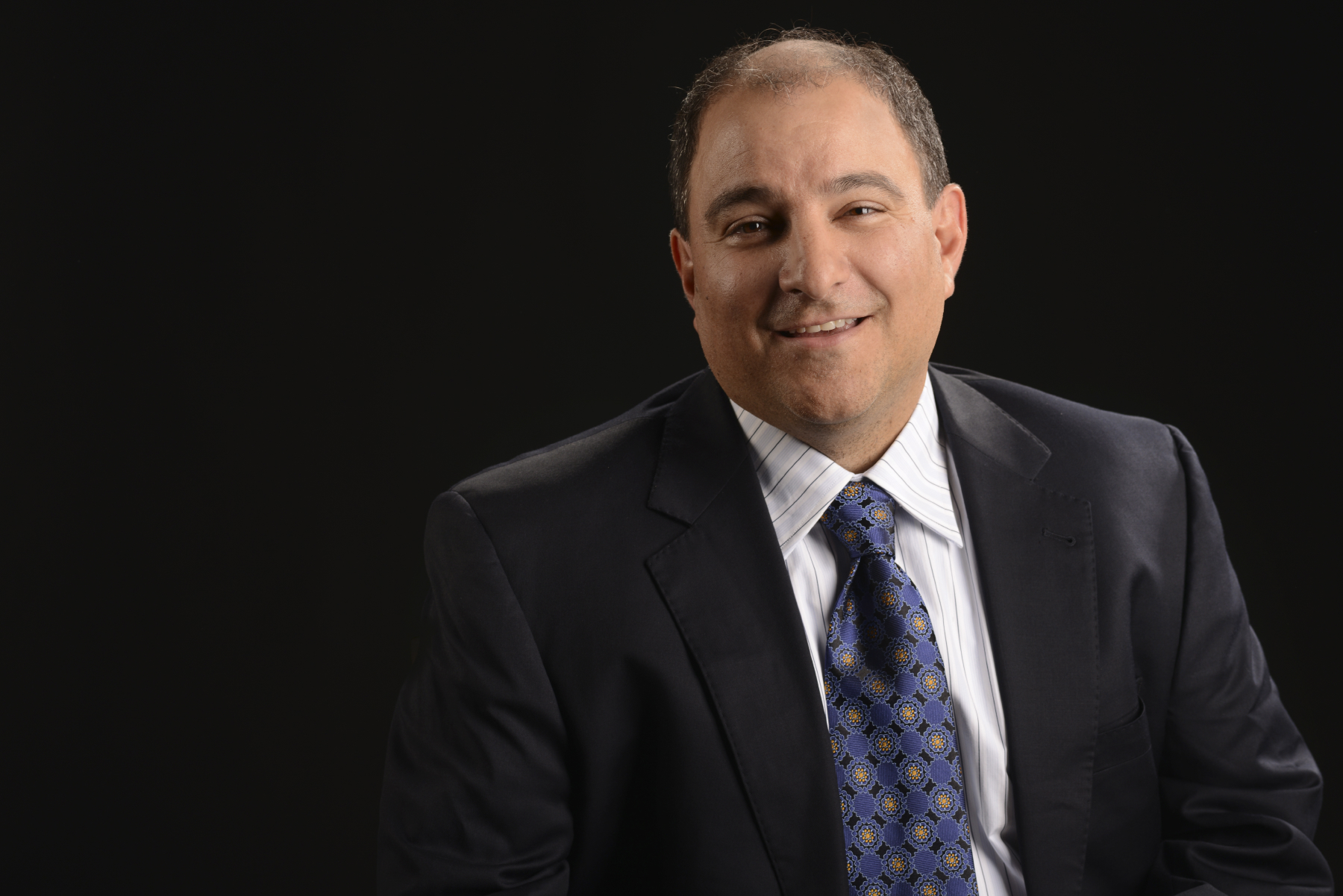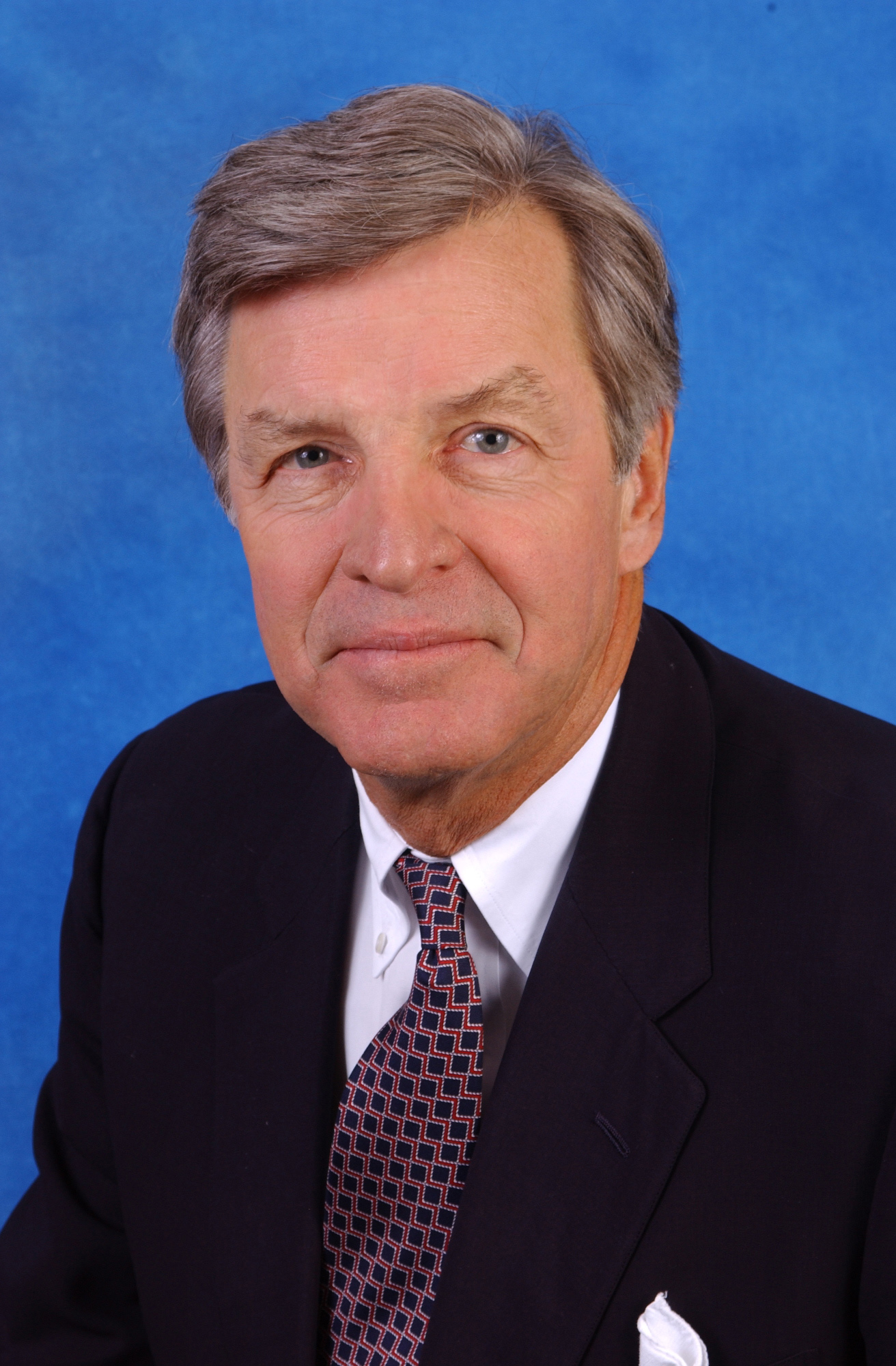Bright Lights, Big Spotlight At Cable Hall of Fame
For the second straight year, The Cable Center is taking to Manhattan to induct the newest members into the Cable Hall of Fame.
The new class of six individuals and one groundbreaking cable network will be honored at the 22nd annual Cable Hall of Fame, returning to Manhattan’s Ziegfeld Ballroom on May 2.
The honorees are:
● Leslie Ellis, president of Ellis Edits and a longtime Multichannel News technology reporter and columnist;
● Rob Kennedy and Susan Swain, president and co-CEOs, C-SPAN;
● Phil Kent, former chairman and CEO, Turner Broadcasting System;
● Kyle McSlarrow, senior vice president of customer experience, Comcast;
● Steve Miron, CEO, Advance/Newhouse;
● and MTV and its founding creators, Mark Booth, Tom Freston, Judy McGrath, Bob Pittman, Fred Seibert and John Sykes.
Serving as the evening’s emcee will be Don Lemon, host of CNN Tonight With Don Lemon.
“The 2019 Cable Hall of Fame class represents leaders from some of the industry’s most innovative and groundbreaking companies and includes our first cable TV network, MTV,” Michael Willner, Penthera Partners CEO and chairman of The Cable Center’s board of directors, said in a statement. “As a cultural icon whose impact on music and cable is unrivaled, it will be our pleasure to honor MTV’s founding creators.”
The ceremony will also honor the late Jim Robbins, president and CEO of Cox Communications until 2005, with the 2019 Bresnan Ethics in Business Award. The award is named for the late William J. Bresnan, founder and chairman of Bresnan Communications and the longtime chairman of The Cable Center.
The smarter way to stay on top of the multichannel video marketplace. Sign up below.
“Jim was such a positive influence in our industry and personally to so many of us at Cox,” Cox president Patrick Esser said in a statement. “He led the company to great success, but it is how he led that we remember most.”
Leslie Ellis
President, Ellis Edits

Tech Translator Leslie Ellis takes the “work hard, play hard” doctrine seriously. She’s been doing both since she was a kid, transcribing tape recordings for her mother, a court reporter, at 10 cents a page.
With a career ambition to do “something with computers,” she attended Temple University, then Shippensburg University in Pennsylvania. Holding down two jobs, she managed to graduate a semester early with a B.S./B.A. in computer science, although she knew early on that computer work wasn’t exactly her cup of tea. “My nickname in the computer lab,” she said, “was ‘Infinite Loop.’ ” Days after graduation, a friend convinced her to apply for a job writing technical manuals for Telecommunications Product Corp.’s ad-insertion equipment and in 1987 a cable career was born.
In addition to writing user manuals and installing equipment, Ellis’s TPC job included buying ad space in cable trade publications. She got to know CED editor Roger Brown and when a writing job opened up at the magazine, she jumped at the chance to move to Colorado. How does a nonengineer learn to write about technology? “You have to ask the question a million different ways, until the answer makes sense,” she said. That persistence has enabled her to communicate complex technical material and its business implications to readers. It’s the core proposition of “Translation Please,” her well-known column in Multichannel News, and of “Nerdy Little Secrets,” her column in Broadband Library.
After full-time jobs as managing editor for CED, senior technology editor for Multichannel News/Broadband Week and senior technology analyst for Paul Kagan Associates, Ellis struck out on her own. At Ellis Edits, she works with telecom executives on a variety of research and communications projects. A prolific volunteer, she’s a popular speaker, panel moderator, event organizer, and supporter of the Society of Cable Telecommunications Engineers and Women in Cable Telecommunications. As a volunteer with Cable FIRST Robotics, she helps connect local cable people to mentor high school robotics teams. Humor plays a part in every effort.
On the “play hard” side of the equation, Ellis finds time for a wide array of hobbies and passions. She took up surfing at age 48, raises and advocates for bees, and sings harmony in a rock cover band, the Skware Pegs. Her advice for young people entering the cable industry: “Get involved. Take good notes.”
Rob Kennedy
President and Co-CEO, C-SPAN
A Happy College Internship played a critical role in the growth of a unique cable service and a great career. As a MBA student at the University of Chicago, Rob Kennedy interned at Centel Corp., which had just become involved with cable operations in the Chicago suburbs. That summer engagement led to a job with Centel after graduation in 1980, where Kennedy worked for cable division chief Jack Frazee.

Frazee chaired the C-SPAN board and was a great believer in the service’s potential, especially with a presidential election just over the horizon. He was also an advocate of five-year business plans and thought C-SPAN needed one. The young MBA on his Centel staff was Frazee’s logical choice to prepare that plan. He sent Kennedy to Washington in 1983 to work on the project with founder Brian Lamb and the C-SPAN team.
Kennedy left Centel to run marketing for ATC’s operation in Rochester, New York, but he stayed in touch with C-SPAN. In 1987, Lamb recruited him, and Kennedy moved his young family to Washington to join the small C-SPAN staff as its top financial officer. Two years later, Lamb named Kennedy and his colleague, Susan Swain, senior vice presidents with joint operating responsibility for the growing network. The two were named co-CEOs in 2012, with Lamb serving as executive chairman. “It took four feet to fill [Lamb’s] two shoes,” Kennedy said.
One of Kennedy’s fondest memories was C-SPAN’s 1994 Lincoln-Douglas debates, held in the Illinois locations where the original 1858 debates originally took place. “We went to those seven communities, using the transcripts that were written down by newspaper reporters at the time, and asked them to recreate those debates … in their entirety.” C-SPAN cameras covered the events live. The experiment led C-SPAN to seek greater community outreach.
In its 40th year, C-SPAN comprises three television channels, a robust web presence and a radio service. The staff has grown but remains comparatively small at 260, many of whom have been with the network for decades. That kind of longevity isn’t common in media, and Kennedy attributes the network’s success in retaining people to the C-SPAN culture. “It’s not flashy,” he said, but “if people stay here for a couple of years, they become invested in the mission of an unfiltered view of public affairs. We don’t take that for granted.”
Susan Swain
President and Co-CEO, C-SPAN
Susan Swain’s Love Affair with the news started early. “When I was very small, I had a little printing press where you could set the type, and I used to do neighborhood reports. I was always interested in gathering what’s going on and helping people know about things.”
After graduating from the University of Scranton, Swain planned to go into local TV news. But her college years coincided with the advent of the personality-driven “Action News” format. Swain’s interests were more serious, and her original plan lost its appeal.
She instead got a job with the educational and musical organization Up With People, traveling the world as an advance person promoting group appearances. She calls the experience “a fabulous detour.” From there, she went to a Boston-based communications job with Raytheon’s government services division working at the U.S. Department of Transportation — work that frequently took her to Washington, D.C. She eventually moved there.
C-SPAN hit her career radar screen in 1982, just three years after the network launched and was expanding its on-air hours. She said she interviewed for a producer job and “I just never left.”
“It was exactly what I was hoping for — a role that used the medium of television in a serious way, and a chance to be on the ground floor of building something new,” Swain recalled. The 18-person staff was all “in our twenties, with much more responsibility than experience, flying by the seat of our pants. Somehow, we managed not to screw it up.”
Her C-SPAN career continued with positions as VP of corporate communications, and advancing executive assignments leading to executive VP. In 2012, she and her co-chief operating officer, Rob Kennedy, were named co-CEOs. She has also been an on-air interviewer for more than 30 years.
Swain credited the cable executives who founded C-SPAN with creating a true “white-hat” news outlet that doesn’t rely on advertising, corporate underwriting or fundraising. She believes those obligations would affect the network’s editorial credibility. “The [founders’] wisdom was maybe even beyond what they envisioned when they first sat at that table in 1978,” she said. “So many journalists say to us, ‘What I wouldn’t give to not have to worry about how many people are watching or reading, or clicking.’ ” Regarding C-SPAN’s unfiltered legislative coverage, she said, “This [government] stuff is not always sexy, but it’s certainly important.”
Phil Kent
Former Chairman & CEO Turner Broadcasting System

Phil Kent believes in the power of teams. “Television is the ultimate team sport,” the retired television executive said. “You have to have a lot of points of view, and a lot of diversity of all kinds.”
Kent studied civil engineering at Lehigh University, but realized the field wasn’t for him when he was unable to learn calculus. He changed his major to economics, intending to work on Wall Street. Interestingly, in light of his future career, he said he did his senior project on “the promise of two-way interactive television.”
After he was talked out of his Wall Street ambitions, Kent found work with prominent spot-TV rep firm Blair Television. He was hired as “the first male sales assistant in the history of New York media,” he recalled. “It was a very chauvinistic business at the time: All the guys started in research, and women were sales assistants.” He attributed his breakthrough to the fact that his “only marketable skill was being able to type 100 words a minute.”
Kent went on to help start Blair’s syndication division. From there, he made his way to Creative Artists Agency (CAA) as a television packaging agent. He joined the Turner organization in 1993 as chairman and CEO of Turner Broadcasting System.
Following Turner’s 1996 merger with Time Warner, Kent moved to London, where he led the company’s international networks. In 2000, he returned to the U.S. as president of CNN, and then left following the AOL-Time Warner merger. He returned to Turner in 2003 as president of Turner Broadcasting System, the position he held until his retirement at the end of 2013. At Turner, he emphasized the importance of brands, quickly internalizing the difference between cable and broadcast. “Broadcast was about ratings and viewership and cable is really about having fans,” he said. “Hopefully, passionate fans.”
In retirement, Kent travels and serves on a number of nonprofit boards, working on “causes that are worthy with people I like and respect.” He said the most satisfying part of his cable career was putting together a great team. “I always thought that was the main priority of a CEO — trying pick great people and get them to work well together,” Kent said. “I think the ultimate legacy of a leader is the team they leave in place when they exit.”
Kyle McSlarrow
SVP, Customer Experience, Comcast

Some detours are worth taking. After service as an Army captain and assistant to the general counsel of the Army, Kyle McSlarrow’s first big detour from his legal career came when he decided, almost overnight, to get into politics.
It was 1991, and his Virginia district was changing hands. Democrat Jim Moran was running for the House seat, and McSlarrow wanted to be represented by a Republican. Laughing now at his audacity then, he recalled concluding: “The only way to get the right person with the right philosophy was if I were to do it. So I literally jumped into the campaign with no political experience, no base and, most importantly, no money.” The campaign failed, but the risk paid off, crystallizing McSlarrow’s interest in politics and public policy, and starting a new career track.
The next 10 years took him to political campaigns and legislative appointments, including serving as deputy secretary of energy during the George W. Bush administration. He had been approached about leading the National Cable & Telecommunications Association, and decided to check it out after Bush’s re-election.
McSlarrow’s only experience with the cable industry at that point was as a satisfied customer. As he researched the industry, he began to believe cable was “at the center of everything. I realized this was a dynamic, entrepreneurial industry. What clinched it was meeting the people. They seemed very genuine, unbelievably humble.” That early impression was confirmed once McSlarrow took a new detour and joined NCTA as CEO in 2005.
His first day on the job, McSlarrow ran into a buzz saw when Sen. Ted Stevens (R-Alaska) attacked the cable industry on the floor of the Senate for indecent programming. Working with the NCTA board to address Stevens’ concerns quickly immersed the cable rookie into the workings of the industry he now represented.
After five years leading NCTA (now NCTA–The Internet & Television Association), McSlarrow was eager to be more engaged in cable. Field operations held the most appeal. He ran Comcast’s Mountain Region in Arizona and Utah from 2012 to 2015 and then its Seattle-based region from 2015 to 2017. He was subsequently named senior vice president, customer experience.
McSlarrow’s advice for those considering a cable career, is to be “highly adaptable … this industry is always changing. That’s not for everybody, but if you like it and can embrace it, it can be pretty exhilarating.”
Steve Miron
CEO, Advance/Newhouse

As a youngster, Steve Miron didn’t know what he wanted to be when he grew up, but cable was in his blood. The second-generation cable executive started working in the industry at age 16, selling cable door-to-door in Syracuse, New York, for one of the Newhouse operations run by his father, Robert Miron. Subsequent summer jobs had him out on construction crews installing underground plant. After graduating from American University, he worked for Xerox. Then in 1989, he joined MetroVision in Chicago. He’s been a cable guy ever since.
Miron began his career in operations positions with MetroVision in Illinois and Vision Cable in North Carolina before returning to northern New York. When Newhouse combined operations with Time Warner Cable, he joined TWC to run cable systems in the state.
He helped launch sixth-ranked Bright House Networks in 2002, serving as president until 2008, when he was named CEO. He held that position until 2016, when Bright House merged with Charter Communications. Much of Bright House’s operations footprint was in Florida, and Miron led the company’s recovery from a number of natural disasters there. “In ’05, we were hit by Hurricanes Charlie, Francis, Jean and Ivan,” he recalled. “It was in the early days for voice, and we also had data services. We learned about putting systems back together and talked about how to harden the plant, get rid of single points of failure, build in redundancy.”
Although he has seen dramatic change in his industry, Miron said, “some things haven’t changed, like keeping customers happy.” Customer focus was the idea behind Bright House’s name, he said. During his tenure, the company won 12 J.D. Power Awards for customer satisfaction.
Miron said the most enjoyable part of his cable career has been the people, starting with his father and sister, Nomi Bergman, who was president of Bright House when he was CEO. “Not a lot of people get the opportunity to work with their family,” he said. His best memories are the times when cable colleagues “got into a room and figured out strategies, hammered out differences of opinion and solved problems. For me, the consistent theme has always been to focus on customers and take care of them. They spend a lot of time with our products, so we always think of it as a privilege.”
MTV
Founding Creators Mark Booth, Tom Freston, Judy McGrath, Bob Pittman, Fred Seibert, John Sykes

“Ladies and Gentlemen, rock ‘n’ roll.” With those words and video of a rocket launch, MTV went live on Aug. 1, 1981. Following its first music video (The Buggles’ “Video Killed the Radio Star”), Pat Benatar’s “You Better Run” video went out to cable viewers. As the early tagline promised, America would “never look at music the same way again.”
The network introduced a new kind of television that discarded narrative form in favor of one inspired by music. Its irreverence and youth spoke to a new audience and ignited the careers of many up-and-coming musicians.
MTV’s founders had to sell their radical new concept to the cable operators that would distribute MTV and the record companies that would provide the video content. At launch, MTV had about 250 videos, five VJs as on-air talent and precious few viewers. Marketing chief Tom Freston and promotion director John Sykes went to Tulsa, Oklahoma, one of the few markets where MTV was being promoted. The reconnaissance team found that local record stores had sold out of Buggles records soon after MTV hit the air, along with a run on records by other MTV artists. Armed with similar information from other markets, the network made its case to record labels and then created a brilliant marketing campaign aimed at getting reluctant cable operators to carry the new service. As young music fans declared, “I want my MTV,” the network stormed the music business and the country.
In a 1991 Los Angeles Times article celebrating the network’s 10th anniversary, MTV founder Bob Pittman recalled: “Early on, we made a key decision that we would be the voice of Young America. We would not grow old with our audience. We accepted the fact that viewers would grow out of MTV and new viewers would grow into it. We would continually reinvent MTV so that it didn’t look like it belonged to the last generation.”
MTV keeps reinventing itself. Today, it’s the leading global youth media brand with 95% awareness in 180 countries, across every platform. In 2018, MTV Studios launched to produce new and reimagined content for SVOD and linear platforms based on MTV’s library of 200-plus youth titles and franchises, including a landmark deal to bring new seasons of The Real World to Facebook Watch later this year.
James O. Robbins
Bresnan Award Recipient

“There was never a question. You just knew he’d do the right thing.” Debby Robbins’s succinct description of her husband, Jim, explains why the late president and CEO of Cox Communications is being recognized with the 2019 Bresnan Ethics in Business Award. Robbins’s youngest daughter, Hilary, echoed that sentiment. “His unwavering morality showed me having integrity was the only way I could stand on my own two feet,” she said.
Robbins began his 33-year cable career at Continental Cablevision and continued at Viacom Cablevision before moving to Cox. He joined Cox in 1983, was named president in 1985 and CEO in 1995. He led the company until his retirement in 2005. On Robbins’s death in 2007, Cox Enterprises chairman Jim Kennedy said in a statement, “Jim embodied the spirit of our company — to do the right thing by the people the company touches.”
Robbins consistently put people first, Debby Robbins recalled. “He was the guy who’d stay after and talk to people at work who were having family problems,” something she didn’t learn until those employees shared their memories after his passing. “It’s so perfect that the Cox cafeteria was named after him,” Debby Robbins said. “He would go in the morning and sit with the cooks, with the staff. He identified with everybody, made everybody feel that they were important.”
Beyond caring for his employees, Robbins valued their insights. An early champion of customer care, he credited them with highlighting the need to invest in keeping customers happy. Robbins led Cox to achieve five J.D. Power Awards for customer satisfaction and numerous other honors. In 1996, NCTA recognized him with the Vanguard Award for Distinguished Leadership. He was inducted into the Cable Hall of Fame in 2006.
In addition to his work at Cox, Robbins was heavily involved with the Juvenile Diabetes Research Foundation, an organization the entire Robbins family continues to support. As national chair, Robbins testified before Congress in support of additional research and funding. He was also a trustee of the Westminster Schools in Atlanta, which his children attended, and his own high school alma mater, St. Paul’s School in New Hampshire, among other charitable activities.
“He did what he thought was the best thing to do in the best way he could,” Debby Robbins said.
For more on the Cable Hall of Fame, go tocablecenter.org. Profiles in this report were written and compiled by Erica Stull.
